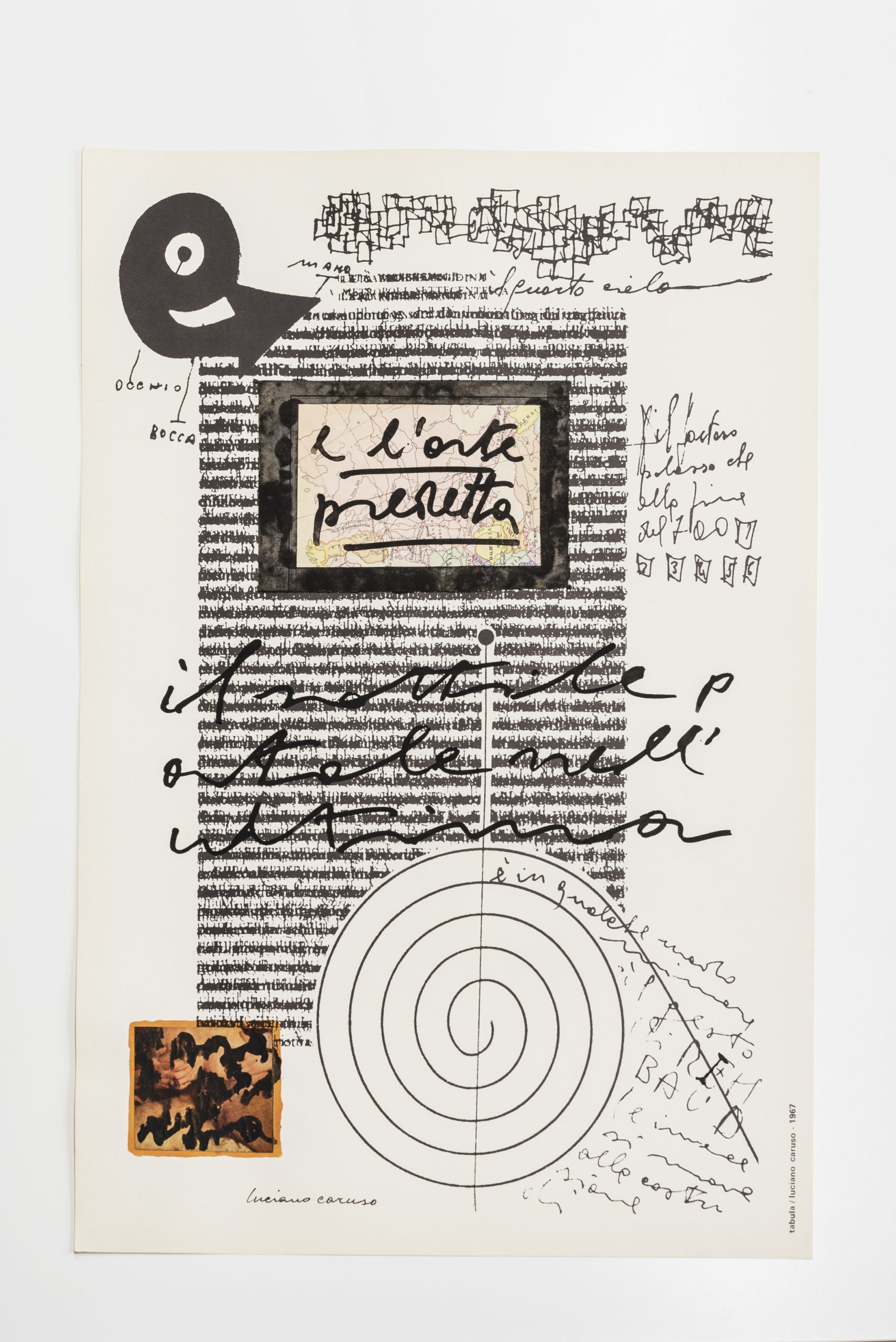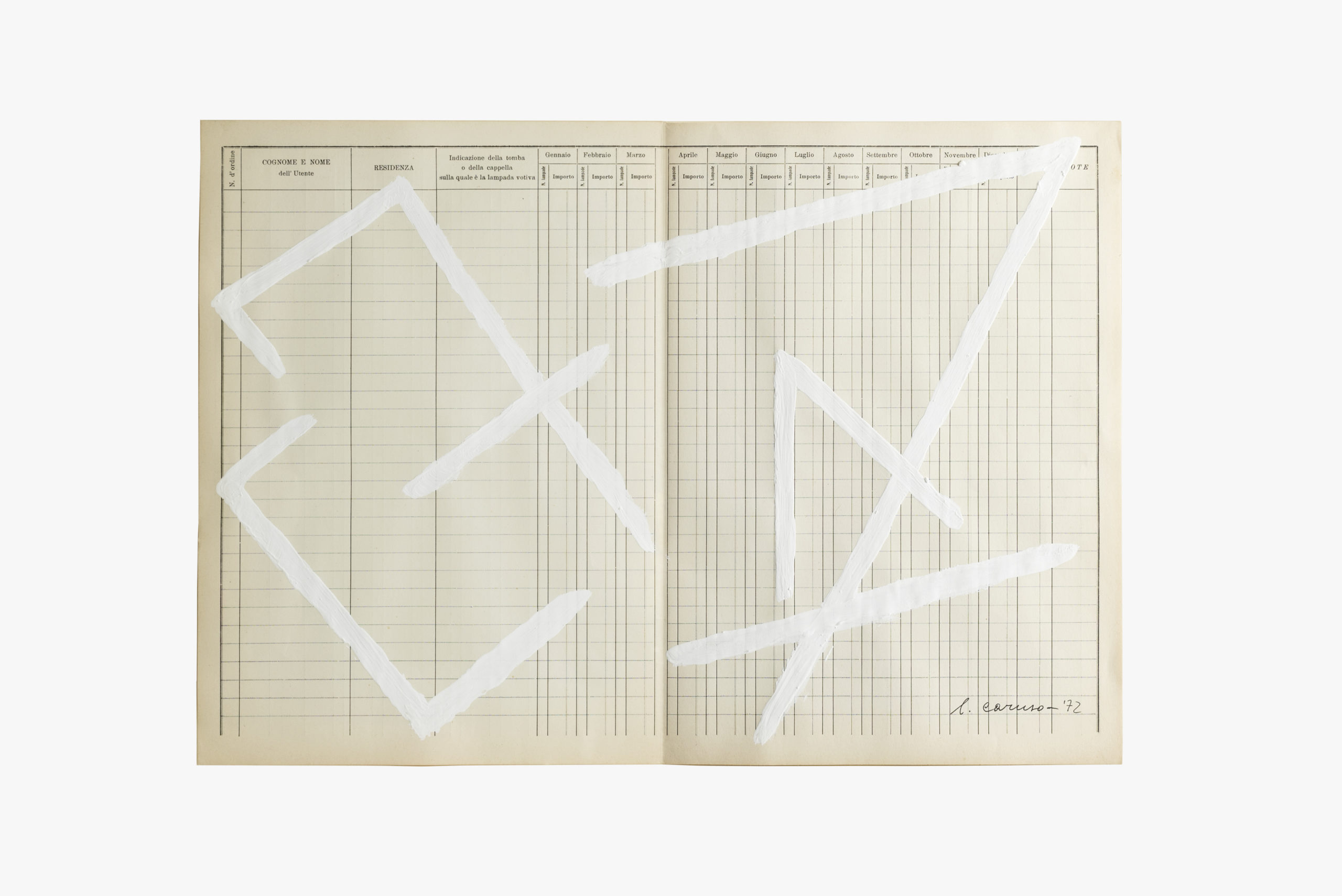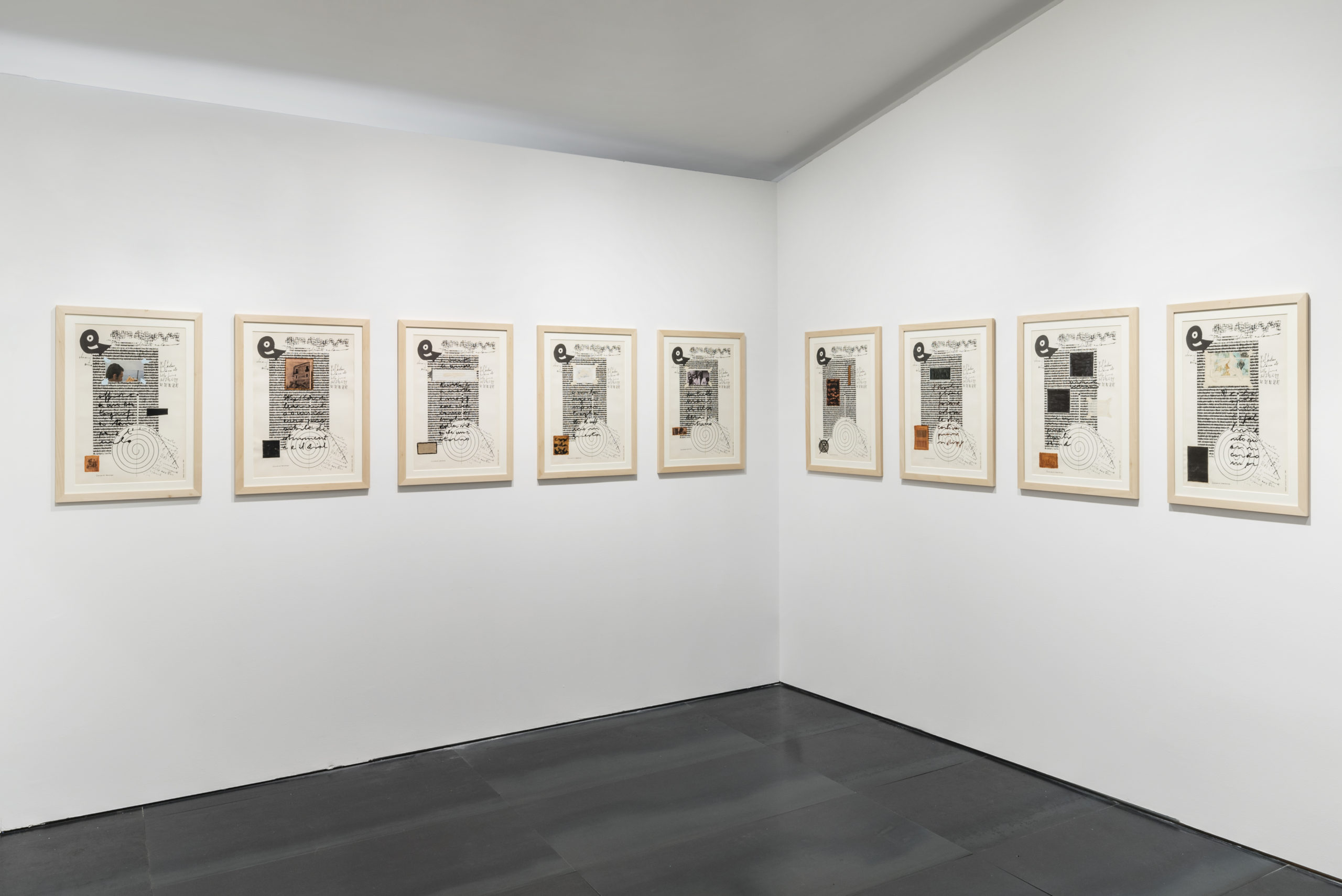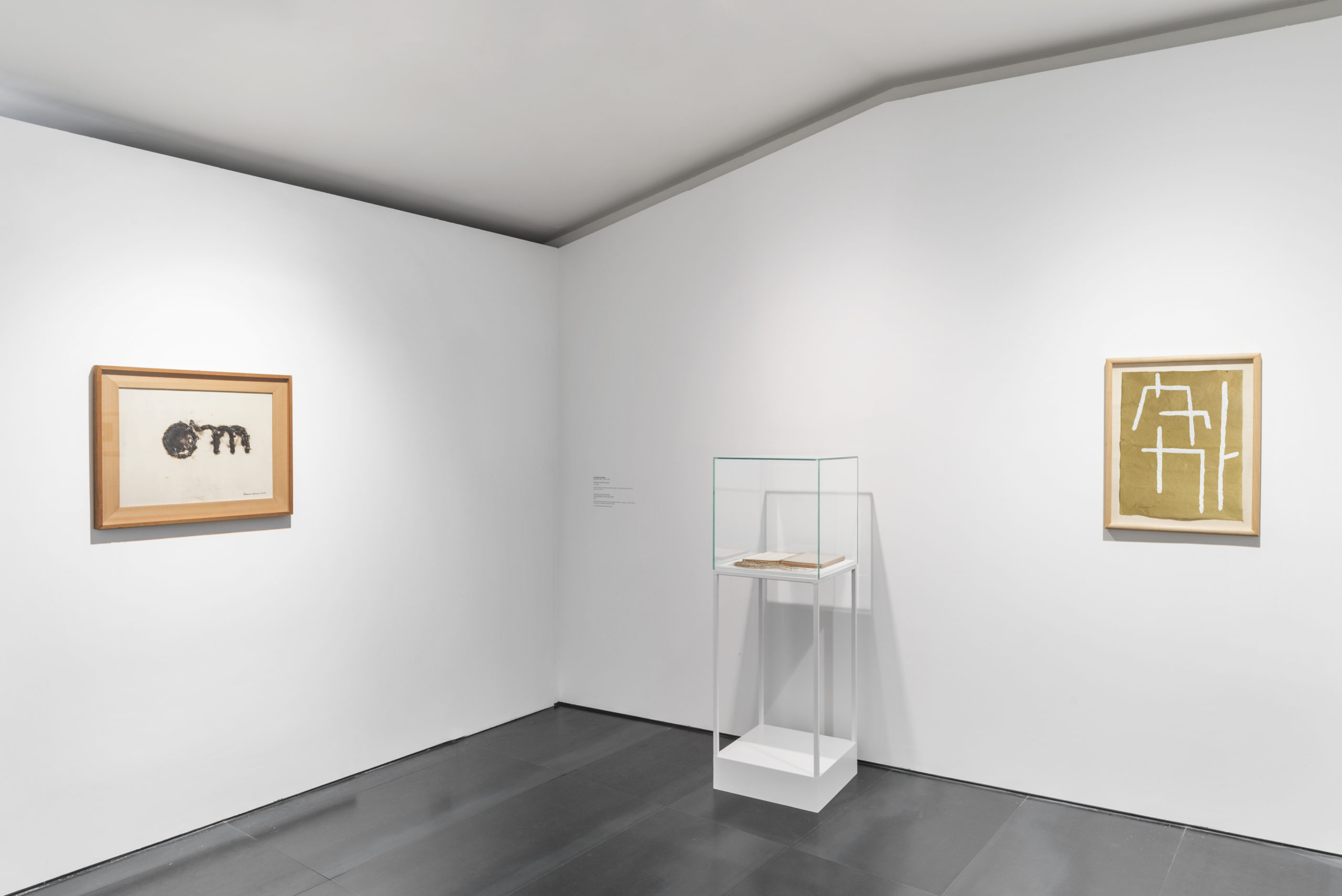Where and when
From
To
Museo Novecento
Trained as a philosopher, Caruso (Foglianise, 1944 – Florence, 2002) turns his research towards giving a new visual value to the dimension, otherwise only verbal and literary, of poetry. In his work, writing plays a leading role, accentuating the visual and material elements. Author of essays, poems and critical texts, Caruso publishes a vast series of specific works with his production of visual poems, books-works and books-objects.
Exhibition Hours
Summer Hours
Monday – Sunday
11:00 am
–
8:00 pm
Thursday
New appointment for the Campo Aperto cycle at the Museo Novecento, which after Painting, Painting by Riccardo Guarneri, sees the artist – as well as poet – Luciano Caruso as the protagonist (from 7 June to 12 September 2019) in an exhibition curated by Alessandra Acocella.
The exhibition intends to trace some trajectories of his intense and multifaceted artistic activity, starting from the beginnings in the lively Neapolitan cultural environment to the Florentine period, the city where he moved in 1976. The works that dot the path reveal a research played on a constant and kaleidoscopic “alchemy of extremes” (to quote the title of one of his latest poems): from the stratification of the typographic, calligraphic and iconographic element, to the essentiality of the sign-gesture, from the abstraction of the mental process, to the immersion in the physicality of matter.
The two rooms on the first floor, dedicated to the Neapolitan years, house some examples of the Tabulae series (1967): large sheets of the same format characterized by a verb-visual composition enriched by calligraphic writings, paper and material inserts, drafts and mixtures of ink or of color, in the sign of a “different repetition”. In the same years, this “visual hyperlanguage” found its opposite pole in experiments with extreme formal and conceptual rigor.
Thus were born the ideograms, traced with large brushstrokes of white tempera on sheets of various kinds (Ideogramma, 1972), the essential scriptural expressions reactivated through a performative and multisensory action (Poetry olfactory / OM, 1970-1975), the white pages of book-work, whose “legibility” is entrusted solely to a sequence of small perforations that run along the edges or inside the paper surface (Opuscula de methodo, de criteriis et de qualitate, 1973).
In the last two decades of activity, which ended prematurely in 2002, the year of his death, Luciano Caruso continues an original reworking of themes, techniques and languages he experimented with in his youth, as in a sort of backward journey. This circular journey in search of an original sign intensifies, in the last years of life, through the creation of visual poems, work-books and object-books in which the artist materializes more or less coded references to ancient writings (Kumana I , 1996) and unfinished inscriptions (Epigrafe monca, 2002), where dark traces of alphabetic and ideogrammatic signs stand out on the surface of the page. Also in the pair of Untitled works (1999) there are traces of his previous creative and biographical path, with the inclusion, among the small cutouts played on the black / white contrast, of reproductions of medieval figured “carmina”, theme at the center of the his youth studies, as well as pieces of film, recall the importance of photographic and film transcription in the collective experiments of Continuum, a group founded in 1967 in Naples by Caruso and Stelio Maria Martini himself.
“By entering into the wake of the neo-avant-garde experimentation of “illegible books“(from Bruno Munari to Vincenzo Agnetti) – explains the curator Alessandra Acocella – Caruso expresses through this and other single copies the importance of reconsidering – in an era of great reproducibility – the page not as a closed system such as to impose contents, behaviors, aspirations on the reader, but as an open field to an all-encompassing creativity, which allows to go back to the origins of writing in a sign, object and material direction. The author states in this regard: the book, even the one standardized by the cultural industry, continues to enjoy a sacred aura and to present itself as a vehicle of wisdom, a message entrusted to time, but at the same time it forces us to respect its castrating ideology, hidden behind the innocent printed page, which however excludes any recourse to manual skills and nullifies the need / impulse to penetrate into the material, from which writing was also born”.
Artist
Luciano Caruso
1944, Foglianise – 2002, Florence
Ideation and Artistic Direction
Sergio Risaliti
Curated by
Alessandra Acocella
Organization
Eva Francioli
Francesca Neri
Luca Puri
Press
Elisa Di Lupo
Comune di Firenze
Daniele Pasquini
Mus.e
Ludovica Zarrilli
Tabloid Soc Coop
Communication
Mus.e
Visual Identity
FRUSH design studio
Ideation
Dania Menafra
Realization
Ph Credits
Leonardo Morfini
OKNOstudio
In collaboration with
Archivio Luciano Caruso







